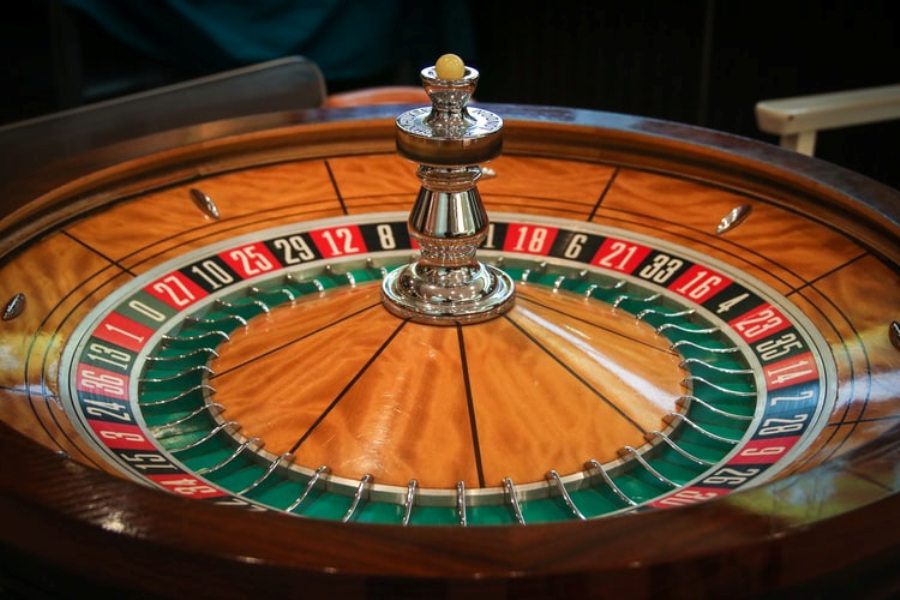Behind the Scenes: The Process of Gambling Games Created

Behind these glittering illuminations and the alluring sounds of rotating reels lies a dynamic realm in which creativity meets numbers: the making of games of chance. As players flock to casinos seeking thrills plus the chance of winning big, a huge amount of work takes form behind closed doors to create these games they enjoy. From the starting concept to the final product that players engage with, numerous elements come together to ensure a captivating play experience.
Creators, engineers, and game developers collaborate to merge cutting-edge technology with enthralling gameplay mechanics. Each aspect, from visuals and audio elements to probabilities and payouts, is meticulously crafted to attract players and keep them engaged. Understanding the intricate process of how casino games are made reveals not only the technical expertise involved but also the creative vision that brings these immersive experiences to life.
Casino Game Design Workflow
The game workflow begins with brainstorming and conceptualization, where creators develop concepts for new casino games. This first phase often includes pinpointing target audiences and analyzing market trends. Designers take into account factors like game mechanics, themes, and payout structures to develop an engaging experience. Teamwork between game designers, mathematicians, and artists is essential to ensure a balanced concept.
Once a design is chosen, the next stage involves prototyping and testing. Designers build a working version of the game to evaluate its playability and mechanics. This facilitates adjustments and refinements based on feedback from testers. Reiteration is vital, as designers may navigate multiple rounds of testing to optimize gameplay balance and user experience. This stage is crucial for spotting any potential issues before the game is finalized.
After testing, the game moves into development and production. This includes the technical aspects of coding the game software, integrating graphics, and ensuring compliance with gaming regulations. Quality assurance testing ensures that the game functions seamlessly across various platforms and devices. Once everything is polished, the game is prepared for launch, usually accompanied by promotional tactics to attract players and generate buzz around the latest casino game.
Technology and Advancement
The evolution of gambling games has transformed significantly with progress in technology. Modern game design often features premium graphics, engaging sound effects, and engaging animations that provide a captivating experience for gamers. Game developers use complex software tools and coding languages to create these immersive gaming experiences. Additionally, the use of RNGs ensures equity and unpredictability in outcomes, which is essential for ensuring player trust and compliance with gaming regulations.
In recent years, the surge of online casinos has expanded the boundaries of game development even further. Developers are now able to create games that appeal to a global audience, integrating features such as live dealers and virtual reality environments. This shift has encouraged creativity, leading to novel game mechanics and formats that enhance player engagement. Mobile gaming has also become a major focus, driving developers to optimize games for mobile phones and tablets, ensuring availability and ease of access for players on the go. 123B
Cooperation among creators, visual artists, and mathematicians is crucial in the creation process. Each team brings their knowledge to ensure games are not only visually appealing but also statistically accurate and enjoyable. The integration of player feedback during beta testing allows developers to improve game features and functionalities, ultimately leading to a successful launch. As technology continues to advance, the potential for innovative game concepts and experiences is limitless, promising an enticing future for casino games.
Assessing and Quality Control
Once a casino game has been developed, it moves into the critical phase of evaluation and quality assurance. This phase ensures that the game operates perfectly and provides a balanced experience for users. Teams conduct extensive tests, including operational checks to verify that all game features work as expected. Each element, from visuals to audio, is reviewed to ensure high standards are met.
In addition to functionality testing, the game undergoes stringent compliance checks to meet legal requirements. Different jurisdictions have specific regulations governing game fairness and player protection. Quality assurance teams will confirm that the random number generators are operating correctly and that the game’s payout percentages correspond with industry standards. This detailed examination helps establish trust with players and authorities alike.
Finally, pre-launch testing may be conducted with real players to obtain insights on user experience. This invaluable insight allows developers to implement necessary adjustments before the public launch. Resolving any potential issues recognized during this phase helps ensure that gamblers will enjoy a seamless, immersive experience when the game goes live. The commitment to quality reflects the sector’s dedication to delivering entertaining and trustworthy casino games.